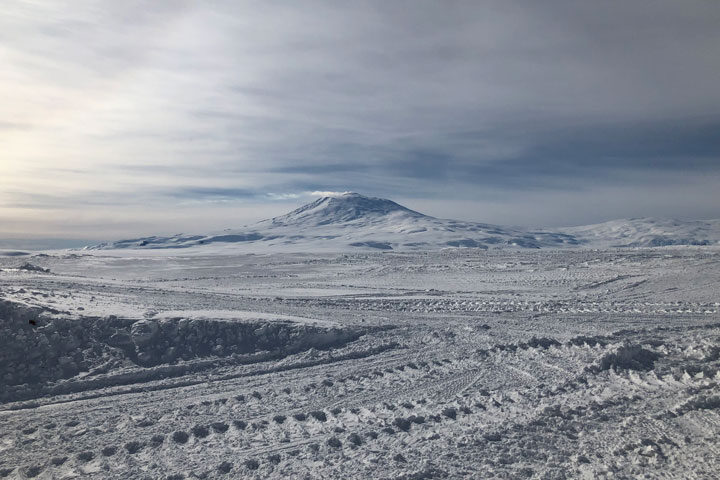
So, I realize it’s been awhile since I’ve managed an update from the balloon blogging scene, but hopefully this will help make up for it. Since I left you in New Mexico, the Balloon Program Office finished out our domestic campaign coming out with a very successful group of flights. But, finishing up there wasn’t the end of our operations for 2019.
Right now, your intrepid engineer is currently deployed to McMurdo Station, Antarctica, to support launch operations from one of the most remote locations on the planet. So you know, that’s pretty cool … get it? We’re in the process of gearing up for our launches here at the Long Duration Balloon Camp just outside McMurdo. We’re going to be conducting a few smaller balloon flights and then a couple of our big balloons. I’ll send out some more details over the next few days.
The question I regularly get about why the Balloon Program comes to Antarctica is why do we launch balloons from the South Pole? Well, we come down here because, quite frankly, there is no other place like it. During the austral summer (that’s a fancy way of saying when the Northern Hemisphere is in winter and the Southern Hemisphere is in their summer), the Sun never sets here, so no matter what time you go outside, it looks like it’s about 11 o’clock in the morning. And since the Sun is always shining, our balloons are able to stay at the same altitude and fly for many weeks before they need to be brought down. Last year we had a flight that flew for 73 days!
Another thing that makes Antarctica special for balloon launches is that the Van Allen radiation belts are at a much lower altitude near the pole of the planet. The Van Allen Belts are kind of like a magnetic bottle around the Earth that protect it from solar (from the Sun) and cosmic (from way outside our solar system) rays. The Van Allen radiation belts can also interfere with some of our scientists’ instruments when they’re conducting experiments from most other places around the world. But, down here in Antarctica, just like the North Pole, the Van Allen radiation belts are very weak, so when our scientists fly from here they are able to get images and measurements in greater detail than anywhere else.
Antarctica is truly a strange, new world where you can see and experience new, exciting things. The photo I’ve attached today is of Mount Erebus, our friendly neighborhood volcano, which was discovered by James Ross in 1841 and was named after one of his two ships, the H.M.S Erebus.
Thanks again for checking back!



